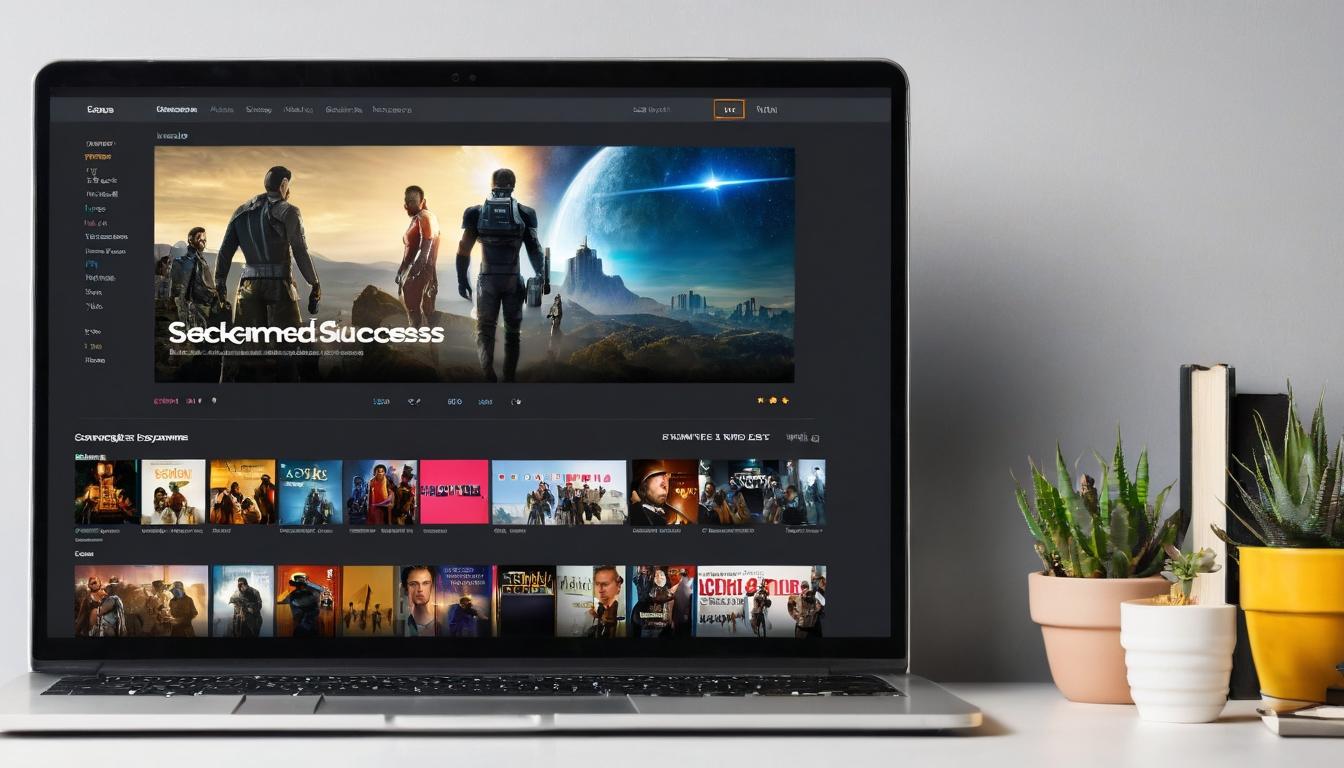In the hushed screening rooms of Hollywood, a quiet revolution is unfolding. The familiar metrics that once defined cinematic success—opening weekend numbers, box office milestones, theatrical runs—are being quietly supplemented by a new, more elusive currency: streaming engagement. The transition isn't just changing how films are distributed; it's fundamentally altering what constitutes a hit in the modern entertainment landscape.
When Warner Bros. announced its controversial 2021 decision to release its entire slate simultaneously in theaters and on HBO Max, industry traditionalists predicted catastrophe. Yet the move revealed something more complex than simple cannibalization. Films like "Dune" and "The Matrix Resurrections" demonstrated that streaming availability didn't necessarily kill theatrical performance—it created parallel viewing ecosystems with different audience behaviors and expectations.
The data tells a contradictory story. According to streaming analytics firms, films that perform moderately in theaters often find second lives on streaming platforms, sometimes reaching audiences ten times larger than their theatrical runs. Yet this expanded reach comes with a cost: the cultural conversation around films has become fragmented, with fewer shared viewing experiences creating what some executives call "the silent blockbuster"—films that millions watch but nobody discusses.
This fragmentation creates peculiar challenges for filmmakers. The intimate character drama that might have found its audience through word-of-mouth in a limited theatrical release now competes directly with big-budget spectacles in the same digital marketplace. The result is what one studio head described as "the middle-class squeeze"—mid-budget films struggling to justify their existence when they're neither cheap enough to be low-risk nor expensive enough to command automatic attention.
The algorithm factor adds another layer of complexity. Streaming platforms use sophisticated recommendation engines that prioritize engagement over artistic merit, creating what some critics call "the homogenization of taste." Films are increasingly designed to appeal to algorithmic preferences—specific run times, recognizable tropes, familiar faces—creating a creative environment that rewards predictability over innovation.
Yet within this challenging landscape, surprising success stories emerge. Smaller films with distinctive voices sometimes break through the algorithmic noise through what marketing executives call "the watercooler effect in digital spaces." Social media platforms have become the new opening weekend, with TikTok and Twitter driving viewership in ways that traditional marketing campaigns cannot replicate.
The international dimension further complicates the picture. Films that might have been considered niche in the domestic market find massive audiences abroad, particularly in growing markets like Southeast Asia and Latin America. This global audience development has led to what one producer called "the death of the purely American film"—with productions increasingly conceived from their inception as global products.
Behind the scenes, the financial models are undergoing their own transformation. The traditional backend participation deals that once made stars and directors wealthy are being replaced by complex streaming royalty structures that many in the industry struggle to understand. The lack of transparency in streaming data has become a point of contention in contract negotiations and labor disputes.
What emerges from this complex picture is not the death of cinema that some predicted, but its radical transformation. The theatrical experience is becoming what one executive called "the premium product"—reserved for event films and immersive experiences that justify the ticket price. Meanwhile, streaming has become the default for everything else, creating a stratified entertainment ecosystem with different rules, expectations, and measures of success.
The most successful filmmakers and studios in this new environment are those who understand they're no longer making films for a single platform or audience. They're creating content for multiple viewing contexts, multiple audience segments, and multiple revenue streams simultaneously. The art of filmmaking hasn't disappeared, but it has been joined by the science of platform strategy—a combination that defines success in the modern entertainment industry.
As one veteran director recently observed, "We used to make films for theaters and hope they'd find their audience. Now we make films for specific audiences and hope they'll find their platform." This subtle shift in perspective captures the fundamental transformation underway—from a supply-driven industry to a demand-driven one, with all the creative opportunities and compromises that transition entails.
The streaming paradox: why blockbuster films are struggling to find their audience

